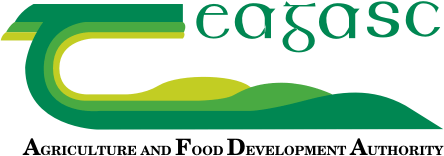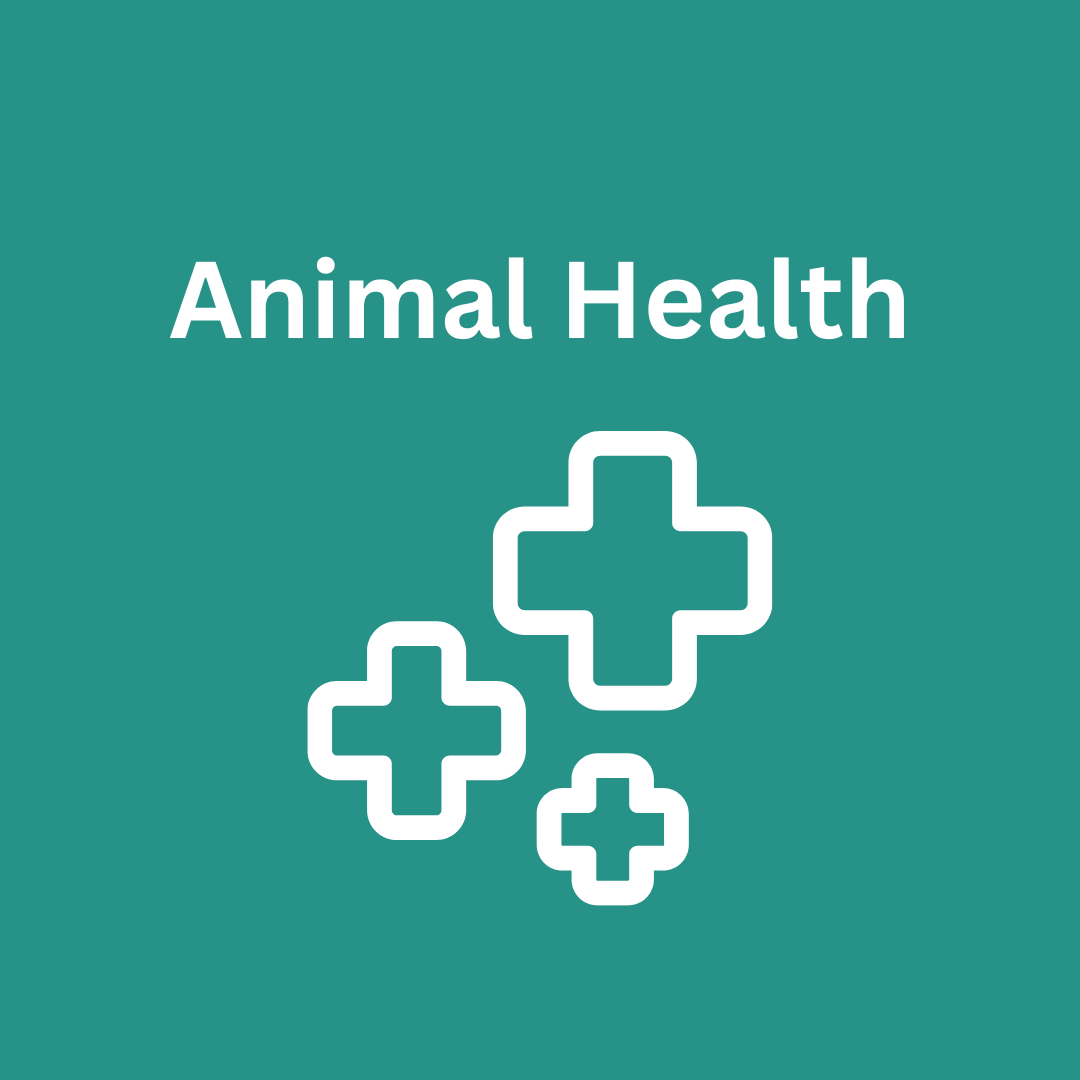Performance
The silage results for the 1st, 2nd and 3rd cut are back and are as follows in the table below:

Figure 1. 2025 silage analysis results
All of the silage made on the farm in 2025 have high DMD’s. Best practice protocols were put in place when putting in place a plan for silage making on the farm. The silage ground was grazed early in the spring and then received 2500 gallons of cattle slurry and nitrogen in the form of protected urea plus sulphur, the silage was harvested 7 weeks later. For the second cut 2500 gallons of cattle slurry was applied per acre plus a top up of nitrogen in the form of protected urea to make up 80 units of nitrogen in total.
The second cut was harvested 8 weeks later on the 5th of July. 15units of sulphur per acre was applied for each cut. The 3rd cut received chemical fertiliser only as all of the cattle slurry had been spread. The period of low grass growth delayed the cutting of the 3rd cut until the 11th of September. The benefits of making high quality silage for the McCarthys include shorter days to finish (lower total silage DM required), lower daily concentrate intakes to achieve target daily gains, and lower fixed costs (slurry, labour, overheads etc.). The same benefits are incurred with higher DMD silage fed to weanling cattle. The McCarthys operate a a split calving herd so the autumn calvers also require good quality silage. On the flip side spring calving suckler cows in good BCS require lower DMD (66-68) silage. This may mean that straw may be fed to dilute the energy of the diet for the spring calving herd. This may suit as although the farm made enough fodder for a 4.5 month winter, the silage stocks can be saved by feeding straw to the well conditioned spring calving herd. The weanlings on the farm include the young bulls which will be targeted for finishing at 16 months of age. These animals will not benefit from compensatory growth next spring after turnout so its important that these animals continue to gain 1kg+ per day after housing. The diet for these animals is as follows:
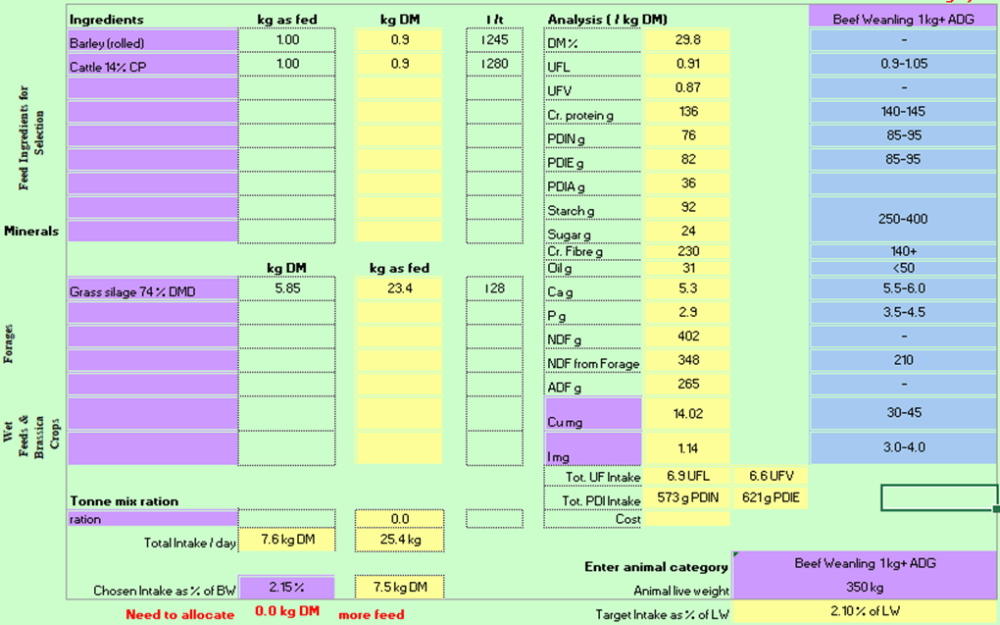
Figure 2. 2025 weanling diet mix
The autumn born finishing animals being fed a 50:50 mix of home grown rolled barley and a high energy 13% crude protein ration with ad lib silage. The diet for these animals is as follows:

Figure 3. 2024 born autumn bulls finishing diet
The bulls are weighed regularly and once they reach 680kg to 700kg liveweight with a suitable fat cover they will be drafted for the factory. At a kill out of 58% that should result in a carcass weight of 400kg. Currently the bulls are gaining over 2kg per day however, more weighings will be completed in November.

Figure 4. Performance of 2024 autumn born bulls
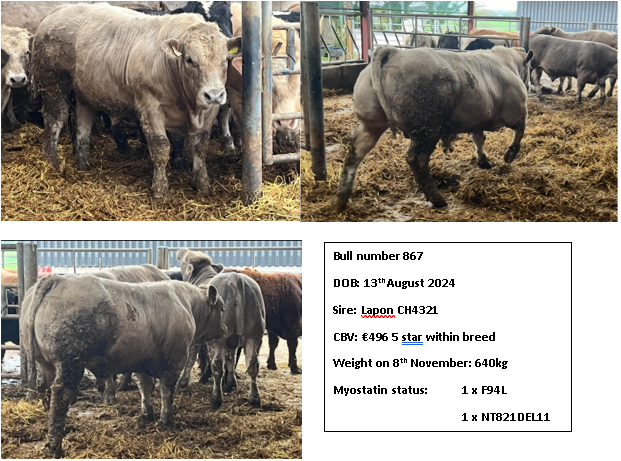

Animal Health
The weaning process for the spring born calves is complete. In order to reduce stress at weaning the calves are creep fed 1-2kg of creep ration at grass. In July the calves all received their primary vaccination for viral pneumonia and a booster shot was administered 4 weeks later in order to maximise immunity at the time of weaning a month later approximately. At weaning the calves have quiet wean nose paddles fitted for 5 days while still suckling (see figure). This breaks the calf cow bond and the McCarthys then remove the cow from the field leaving the calf with his herdmates and in a familiar environment. Its important that the nose paddles are removed immediately so as not to cause any irritation to the upper respiratory tract (the nose). The calves are weaned outdoors and are then grazed outdoors for a number of weeks before housing. During this period the calves are faecal sampled regularly and are treated for stomach worms and lungworms accordingly. The McCarthys have found that by treating animals before housing for both stomach worms and lungworms the cattle have healthy lungs when housed and are less likely to suffer from viral pneumonia outbreaks later during the housed period. The cattle’s backs and tails are clipped at housing and they are all treated for lice with a suitable ecto parasitic pour-on solution at housing. This may have to be repeated once more during the housing period. The cattle are treated with an ivermectin injection after housing. Cattle are not treated for Liver fluke as the McCarthys do not have a history of fluke on the farm which is evident from their animal health report on icbf and also from examining factory liver reports. The cows have not being treated for stomach worms or fluke for a number of years, however, faecal egg sampling is carried out to monitor worm burdens in this category of livestock also.
This year the farm is taking place in the MARCS (Managing Anthelmintic Resistance in Cattle Sustainably) programme with Teagasc Grange. This involved the McCarthys taking a group sample from the weanlings and once the group tested have sufficient worms (group faecal egg count > 100epg) then 15 weanlings were tested individually before treatment. The animals are tested individually and their id labelled on the container. On the day faecal samples are collected all animals in the group are treated with a suitable anthelmintic. The animals are treated according to the heaviest animal in the group. Then 7 to 21 days later depending on the product used for treatment a second faecal sample is collected from the same individual animals. A faecal egg count reduction test is then performed on these samples therefore showing the efficacy of that product on your farm.
After cows are housed the autumn calvers receive the high DMD silage and depending on body condition they may also receive 1-2 kg of ration. This is done to maintain body condition and also to help 1st calvers with submission and conception rates during breeding if housed. The spring calvers are grouped according to body condition and in general bar a few 1st calvers these animals are fed the average quality silage if available or restricted higher DMD silage with straw possibly. The incalf cows are fed a high quality pre calver mineral for 6 weeks pre calving. This is normally dusted onto the silage twice daily. The spring calving cows also receive a vaccine for rotavirus scour prevention in the calves. This is normally administered 3 weeks pre calving. As the herd is calved in 2 compact blocks of 6 to 8 weeks all cows are treated together and do not have to be split for late calvers.

Figure 7. Weanlings pre weaning with quiet wean nose paddles fitted pre weaning.
Winter Housing Facilities
A new 4 bay roofed easi feed unit has been constructed on the farm in 2025. The aim of this shed is to increase the winter housing available on the farm resulting in better animal performance but also to reduce labour and make the farm more labour efficient as both Eamon and Donnachadh work off farm. Lying space is very important for finishing animals and carcass gains of over 20kg per head can be recorded when animals have adequate lying space. As a general rule of thumb animals require 1m2 per 200kg liveweight.
The shed will result in less overcrowding in the existing buildings and will allow for more flexibility in the spring if adverse weather conditions like the spring of 2024 happen again. It will aid with on off grazing making the job of on off grazing more easily managed. Another key feature of the shed is the area between the new shed and the existing handling area. This area has been concreted and fitted out with penning in order to facilitate the moving of animals from the new shed to the handling area. This can now be done by one person removing the need for 2 people and the erection of wires or temporary gates which can often result in a delay in completing a routine task such as dosing or vaccination. All pens can be loaded or unloaded to the handling area at any time.
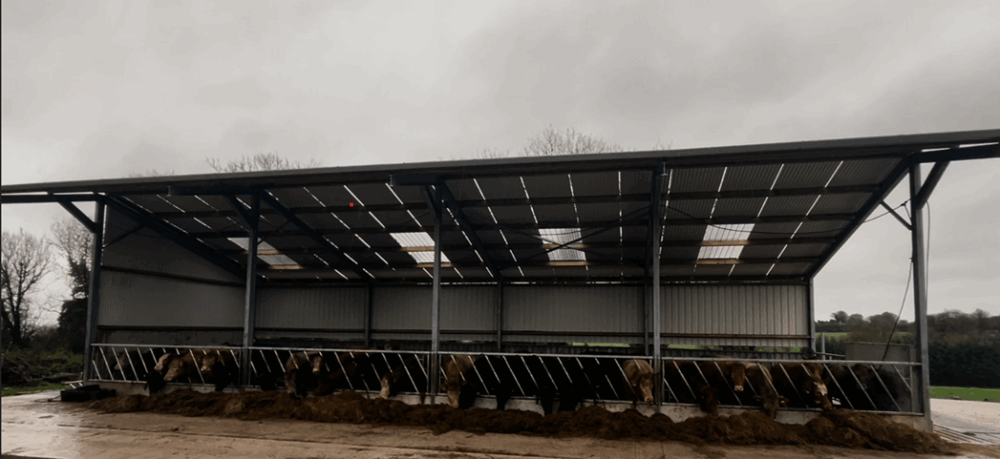
Figure 8. Newly constructed 4 bay roofed easi feed unit
Breeding
The breeding season commenced with the heifers on the 5th of October and the cows on the 13th of October. The heifers were served to the Angus bull Westellen Boss AA9860. Boss was chosen on the heifers as his calving difficulty on beef heifers is 4.6% (73% reliable) and he has a high carcass weight pta of 19.5kg. Calves off this bull would also be suitable for breeding as his replacement index is €185 with a strong emphasis on milk (pta 5.60kg) and fertility (pta -4.50days calving interval).
For the cows bulls selected for their maternal traits include the Simmental bull Rathlee Pirate (SI1434: Carcass weight 26.8kg, milk 10.6kg) and the Limousins Erebos (LM6172: Carcass weight 23.5kg, milk 8.10kg) and Shannon Stan ( LM9379: Carcass weight 33.8kg, milk 4.8kg).
Sires selected for terminal traits are the Charolais bulls Lapon (CH4321: Carcass weight 42.7kg) and Recif (CH8571: Carcass weight 46.2kg).
The 3 week submission rate for the cows was almost 94%. Cows that had not cycled were placed on a CIDR based synchcronisation programme. The breeding period will take place over 6 to 8 weeks and no longer so as to maintain a compact calving period for both the spring and autumn herd.
